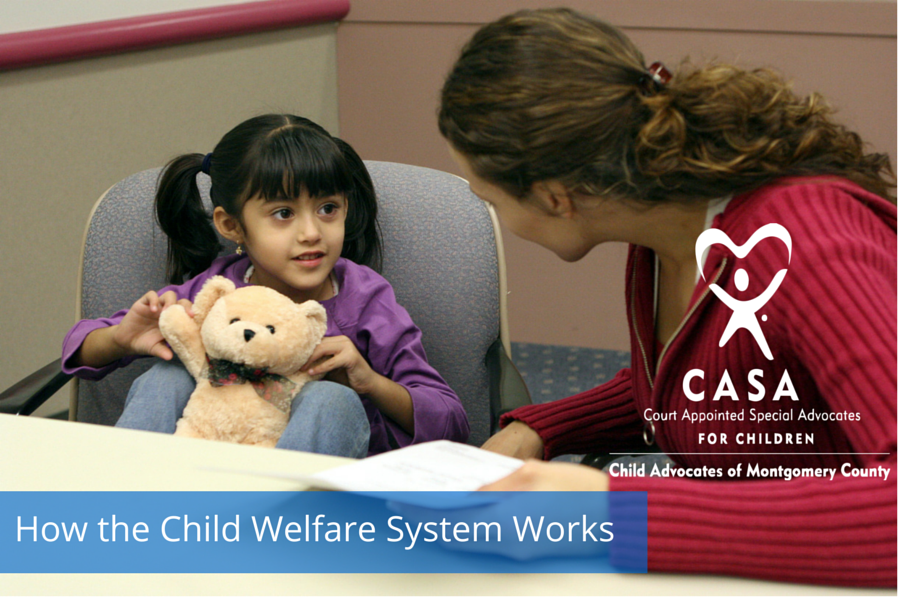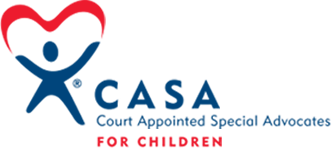How the Child Welfare System Works

Typically, child welfare systems receive and investigate reports of possible child abuse and neglect. When children are not safe in their home, the system further arranges for them to live in foster homes or with relatives. At the end of a child welfare case, reunification with their family, adoption or permanent placement will be decided upon by a judge.
What happens when possible abuse or neglect is reported? Anyone concerned about suspected child abuse or neglect may report the situation. Most reports are made by people required by law to report such cases, in which instance, cases are usually reported to child protective services. A report is then “screened in” or “screened out”. A report is “screened in” when there is enough information to warrant an investigation. In those instances where the report is “screened in”, child protective case workers respond, sometimes talking to the parents or others in contact with the child, such as teachers, doctors, etc. They also speak with the child, alone or in the presence of caregivers, depending on the age of the child and the level of risk.
Children believed to be in immediate danger may be removed from the home and taken to a shelter, foster home, or the home of a relative while the investigation continues and court proceedings are pending.
What happens in substantiated cases? If a child has been abused or neglected, the course of action depends on many factors, including state policy, the severity of maltreatment, an assessment of the child’s immediate safety, the risk of continued or future abuse or neglect, the services available to address the family’s needs, and whether the child was removed from the home and a court action to protect the child was initiated. For example:
- No or low risk – A case may be closed with no services if the abuse or neglect was a single occurrence, the child is thought to be safe, and no or low risk of future incidents exists; or,
- Low to moderate risk—Referrals may be made to community-based or voluntary in-home child welfare services if it is believed the family will benefit from such services; or,
- Moderate to high risk—An offer of voluntary in-home services may be made to the family. If they refuse these services, the agency may seek intervention by the juvenile dependency court. If a judicial determination that abuse or neglect occurred is made, the juvenile dependency court can require the family to cooperate with in-home services. This happens if it is believed that the child will be safe at home during the time the family addresses the causative issues and the danger of future abuse or neglect. In cases where the child was seriously harmed or considered at high risk of serious injury, the court may order the removal of the child from the home or affirm the child’s prior removal and place the child in foster care or with kin.
What happens to the parents? Caregivers found to have maltreated a child may be offered support and treatment services in low-risk cases. In more severe cases or fatalities, police are called in to investigate and may file charges in criminal court against the offenders.
What is the fate of the child? In low-risk cases, children may remain in their own homes while their families receive in-home support and services. In more severe cases, children are placed in foster care or with relatives. Some are placed in a group or residential settings.
Federal law requires the court to hold a permanency hearing determining the permanent plan for the child within 12 months after he or she enters foster care and every 12 months thereafter.
Where does CASA come in? As soon as he or she is appointed by the court to represent the child’s best interests. CASA’s goal is the permanent placement of the child in a happy, safe home. The goal of child protective services is the same, but we are there for each child 24/7. Saving a child is a rewarding experience. Give some thought to joining us.
